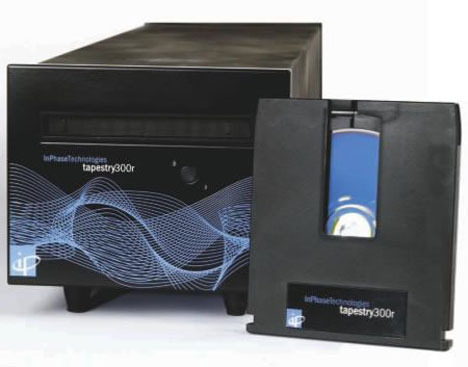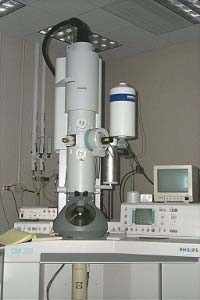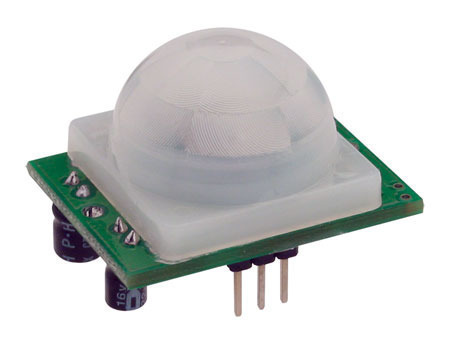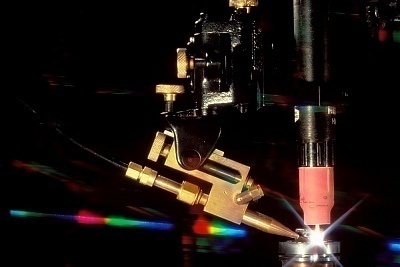Holographic memory is a storage device that is being researched and slated as the storage device that will replace hard drives and DVDs in the future. It has the potential of storing up to 1 terabyte or one thousand gigabytes of data in a crystal the size of a sugar cube.
Brief History of Holographic Memory
Using holograms as memory storage was first proposed by Pieter Heerden in the 1960s. During the early 1970s, a group of scientists from TRCA laboratories succeeded in storing 500 holograms using an iron doped litium niobate crystal. Moreover, they were also able to store five hundred fifty high-resolution hologram images using a material made up of light sensitive polymer. The high cost of the materials needed for this type of technology as well as the rise of magnetic and optical drives shelved the project in the end.
Now research for holographic memory systems has been reactivated since the components needed for such a technology has become widely available and cheaper. The laser system needed for the device to work, for instance, has shrunk in size so it can easily fit in a conventional CD or DVD player. Moreover, liquid crytal displays or LCDs which were in their infancy during the initial research done on holographic memory systems are now more advanced and quite a lot cheaper. The same goes for the other components such as the "Charge-Coupled Device" or CCD.
Technology behind Holographic Memory Systems
The holographic memory system is made up of the following basic components:
- a charge-coupled device
- lenses to focus the laser beams
- an LCD panel
- a photopolymer or lithium niobate crystal
- mirrors to direct the laser light
- beam splitters
- and an argon laser.
The light from the argon laser is split in two by the beam splitter. The signal or object beam will bounce off a mirror and pass through a spatial light modulator or SLM (and LCD showing raw binary data as dark and clear boxes). The signal or object beam will then carry the information from the SLM to the crystal. The second beam or the reference beam, on the other hand, takes another course towards the crystal and upon hitting it along with the object beam, creates an interference pattern that will be used to store the information relayed by the object beam in a certain location in the crystal. To access the stored data requires directing the light of the reference beam into the exact location in the crystal where the needed information was stored. The crystal diffracts the light of the reference beam to recreate the page that was stored which in turn will be sent to the CCD or charge couple device camera capable of interpreting the data and converting it into digital information that the computer can use.
Advantages of Holographic Memory Systems
Aside from having a tremendous amount of storage space for data, holographic memory systems also have the ability to retrieve data very quickly, up to a 1 gigabyte per second transfer rate.




Follow Us!